Copyright Law and Filmmaking – Fair Use
The Fair Use Doctrine allows material that is subject to copyright to be used without permission under limited circumstances.
- The factors considered to determine Fair Use are:
- the purpose and character of the use, including whether such use is of a commercial nature or is for nonprofit educational purposes;
- the nature of the copyrighted work;
- the amount and substantiality of the portion used in relation to the copyrighted work as a whole; and
- the effect of the use upon the potential market for or value of the copyrighted work.
- The distinction between “fair use” (which is permitted) and infringement (which is not permitted) is unclear and is not easily defined.
- The practical effect of this law is that it is usually possible to quote from a copyrighted work in order to criticize or comment upon it, teach students about it, and possibly for other uses without obtaining permission. But if you have any doubts, contacts an attorney.
The Fair Use Doctrine
The Fair Use doctrine is a limitation and exception to the exclusive right granted by copyright law to the author of a creative work that allows limited use of copyrighted material without acquiring permission (license or assignment) from the rights holders. Examples of fair use include commentary, criticism, news reporting, research, teaching, library archiving and scholarship. It provides for the legal, non-licensed citation or incorporation of copyrighted material in another author’s work under a four-factor balancing test.
The Fair Use Doctrine (17 U.S.C. §107) provides:
Notwithstanding the provisions of sections 17 U.S.C. §106 and §106A, the fair use of a copyrighted work, including such use by reproduction in copies or phonorecords or by any other means specified by that section, for purposes such as criticism, comment, news reporting, teaching (including multiple copies for classroom use), scholarship, or research, is not an infringement of copyright. In determining whether the use made of a work in any particular case is a fair use the factors to be considered shall include:
- the purpose and character of the use, including whether such use is of a commercial nature or is for nonprofit educational purposes;
- the nature of the copyrighted work;
- the amount and substantiality of the portion used in relation to the copyrighted work as a whole; and
- the effect of the use upon the potential market for or value of the copyrighted work.
The fact that a work is unpublished shall not itself bar a finding of fair use if such finding is made upon consideration of all the above factors.
The four factors of analysis for fair use set forth above derive from the classic opinion of Joseph Story in Folsom v. Marsh, 9 F.Cas. 342 (1841), in which the defendant had copied 353 pages from the plaintiff’s 12-volume biography of George Washington in order to produce a separate two-volume work of his own. The court rejected the defendant’s fair use defense with the following explanation:
[A] reviewer may fairly cite largely from the original work, if his design be really and truly to use the passages for the purposes of fair and reasonable criticism. On the other hand, it is as clear, that if he thus cites the most important parts of the work, with a view, not to criticize, but to supersede the use of the original work, and substitute the review for it, such a use will be deemed in law a piracy…
In short, we must often… look to the nature and objects of the selections made, the quantity and value of the materials used, and the degree in which the use may prejudice the sale, or diminish the profits, or supersede the objects, of the original work.
Once these factors were codified as guidelines in 17 U.S.C. §107, they were not rendered exclusive. The section was intended by Congress to restate, but not replace, the prior judge-made law. Courts are still entitled to consider other factors as well.
Fair use allows for free use of some copyright material.
Fair Use is an Exception to Copyright
Fair use tempers copyright’s exclusive rights to serve the purpose of copyright law, which the US Constitution defines as the promotion of “the Progress of Science and useful Arts” (Art. I. § 8, cl. 8). This principle applies particularly well to the case of criticism and also sheds light on various other limitations on copyright’s exclusive rights, particularly the scenes à faire doctrine, in which certain elements of a creative work are held to be not protected when they are mandated by or customary to the genre.
Consequently, the distinction between “fair use” (which is permitted) and infringement (which is not permitted) is unclear and is not easily defined. There is no specific number of words, lines, or notes that may safely be taken without permission. Also acknowledging the source of the copyrighted material does not substitute for obtaining permission.
The practical effect of this law and the court decisions following it is that it is usually possible to quote from a copyrighted work in order to criticize or comment upon it, teach students about it, and possibly for other uses without obtaining permission. Certain well-established uses cause few problems. But all the factors are considered and balanced in each case.
Whether you want to file a copyright registration or you’re involved in a dispute over a copyright or you want to obtain a license, you will want to consult with a copyright attorney who can protect your rights.
Contact an attorney with Veritas Business Law, LLC for a free consultation.


